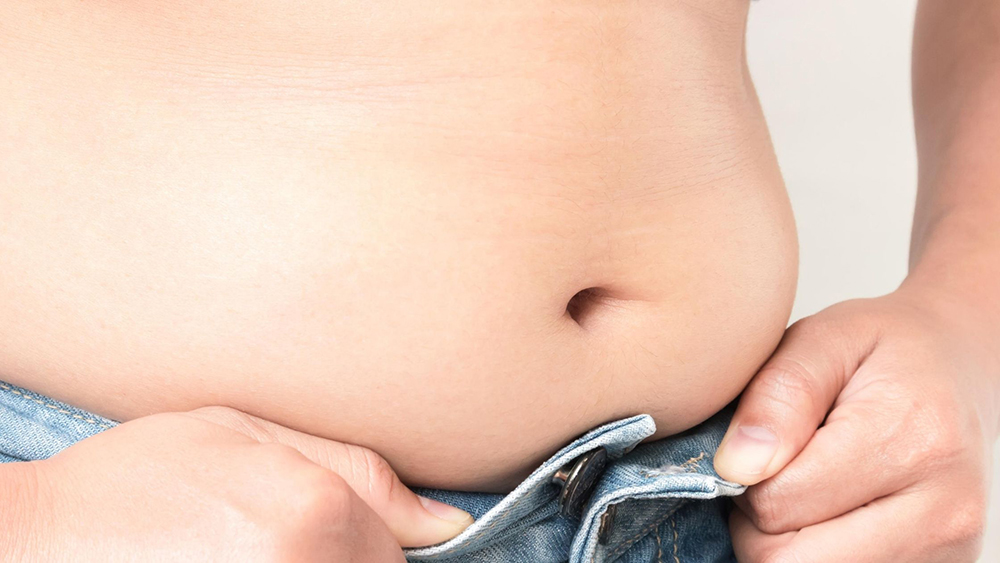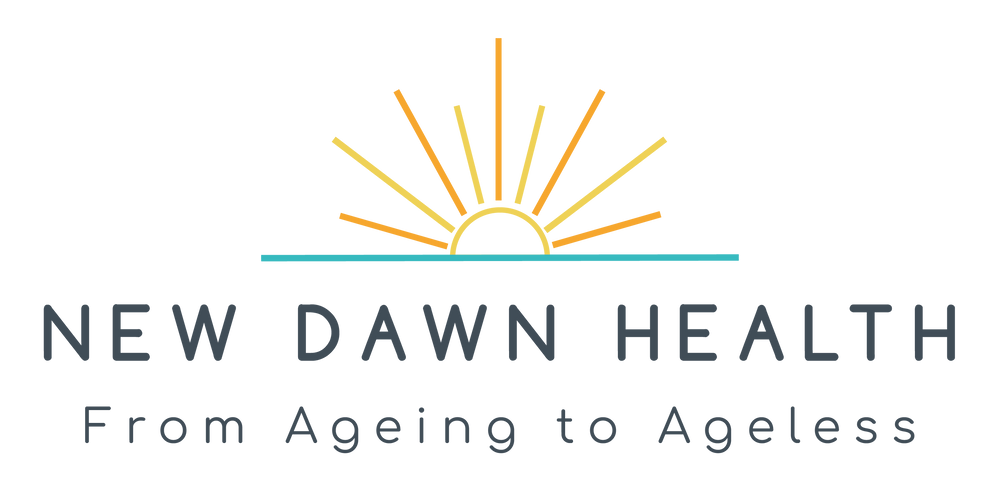
Most people know if they need to lose weight. But if you want to know by how much, have a look at these health-focused measurement tools.
Body Mass Index (BMI)
If you want to know your BMI, here is a link to click on. It will take you to the National Institute of Health BMI calculator.
https://www.nhlbi.nih.gov/health/educational/lose_wt/BMI/bmicalc.htm
“Overweight” is any score between 25 and 29.9. “Obese” is a score of 30 and above.
A study from Glasgow University found that as a patient’s Body Mass Index (BMI) increases, so did their risk of having a severe case of Covid-19.
Why is this? Because obesity is a chronic inflammatory disease and it starts with inflammation in body fat cells. Researchers have proposed there may be a link between this inflammation and an exaggerated immune response.
Waist-to-hip-ratio (WHR)
More helpful, is to know your waist-to-hip ratio (WHR). Why? Because it specifically assesses your abdominal fat. Abdominal fat has been linked to an increased risk of chronic diseases like heart disease, diabetes, cancer and now complications from Covid-19. This is how you calculate it.
- Stand up straight and breathe out. Use a tape measure to check the distance around the smallest part of your waist, just above your belly button. This is your waist circumference.
- Then measure the distance around the largest part of your hips — the widest part of your buttocks. This is your hip circumference.
- Calculate your WHR by dividing your waist circumference by your hip circumference. W/H.
According to the World Health Organisation, a healthy WHR is:
0.9 or less in men or 0.85 or less in women.
Waist Circumference
Or if that is all too complicated, just measure your waist. You should try to lose weight if your waist is 94cm (37in) or above if you are male or 80cm (31.5in) or above if you are female.
So, let’s all focus on getting our waists back!
To your best health.
Reference:
Sattar, N., McInnes, I.B. and McMurray, J.J., 2020. Obesity a risk factor for severe COVID-19 infection: multiple potential mechanisms. Circulation.
